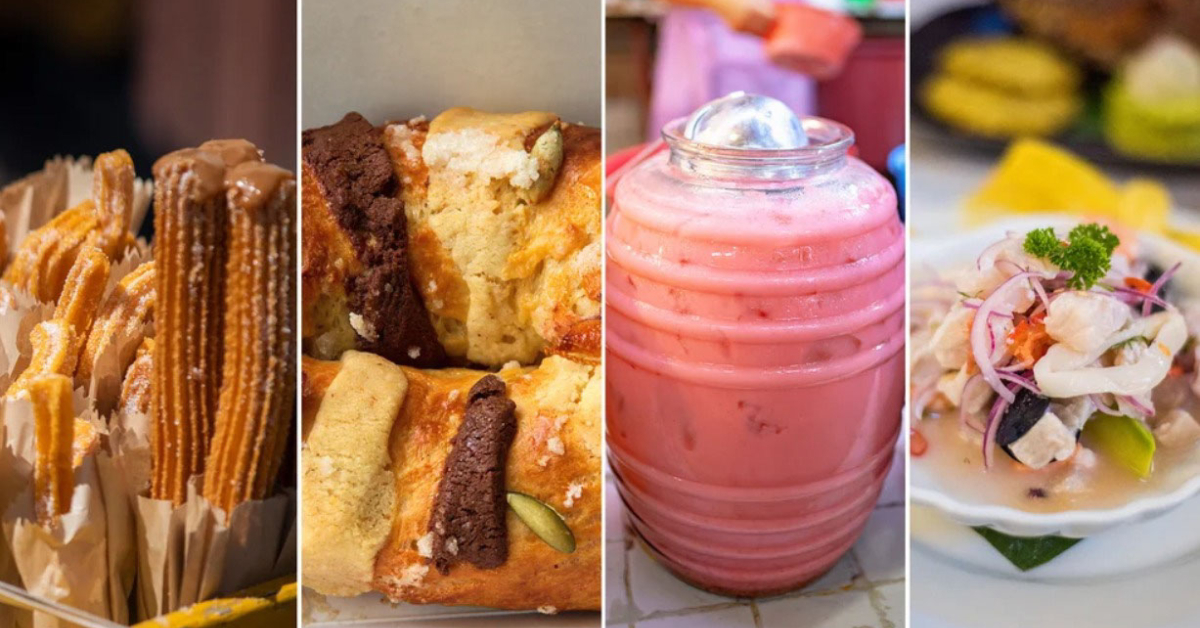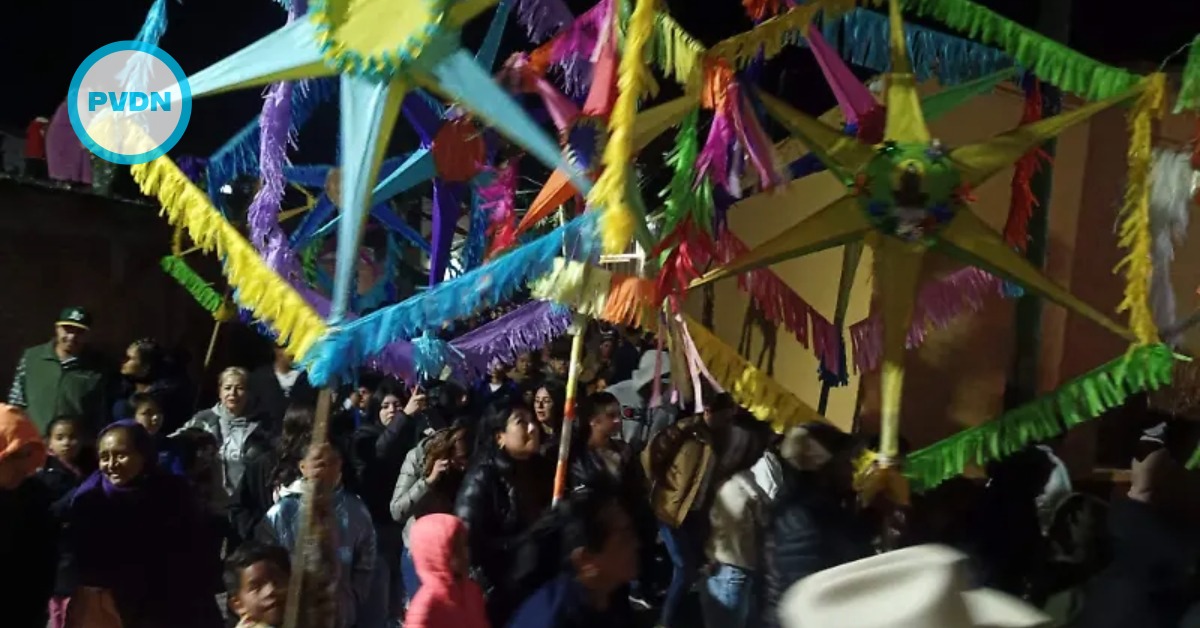Mexican gastronomy is very wide in colors, flavors and textures, however, there are extremely popular dishes on the tables of families in Mexico that are not really native to the country.
Churros
Although churros can be easily found in the streets of Mexico, or in some CDMX Metro stations, the truth is that their history begins in China.
There, the Portuguese merchants discovered Youtiao, a strip of fried dough that was served for breakfast in pairs, as a symbol of the Song Qin Hui dynasty and his beloved wife.
The Portuguese took this . . .







